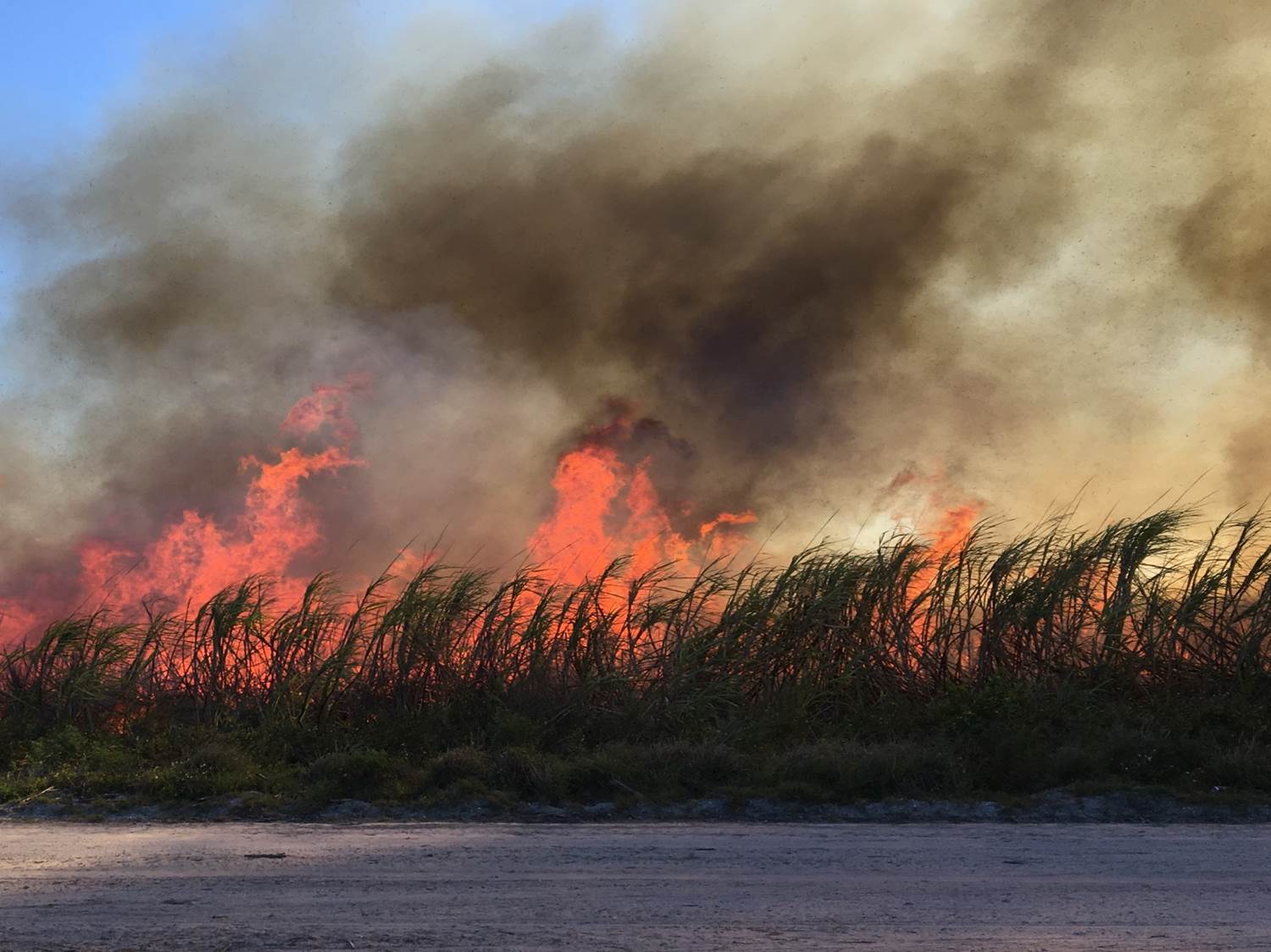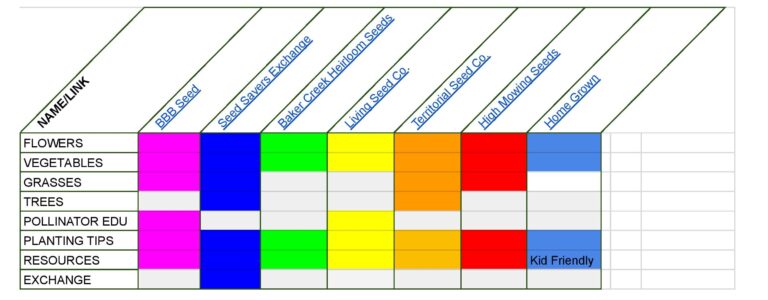The New Biden Stimulus Plan: Clean Farming
The New Plan
The Biden/Harris Stimulus Plan, presented on January 21, was a bold measure with a three prong approach. It aims to create new jobs, create a clean sustainable environment, and clean up existing biological hazards. This will allow communities to thrive. The Plan which is at joebiden.com/clean-energy/ outlines their top priorities to jump start the American economy. There is a focus on zero net emissions which includes clean farming. The site states:
“At this moment of profound crisis, we have the opportunity to build a more resilient, sustainable economy – one that will put the United States on an irreversible path to achieve net-zero emissions, economy-wide, by no later than 2050.”
What is Clean Farming?
First, Biden’s site goes on to outline their targeted focus for the new plan. Biden hopes it will ultimately pass the legislature. In addition, the package includes the following 3 bullet points which undoubtedly include clean farming:
- Innovation: Drive cost reductions in clean energy technologies, including; battery storage, negative emissions technologies, the next generation of building materials, renewable hydrogen, and advanced nuclear. The plan is to rapidly commercialize them and, ensure that they are made in America.
- Agriculture and Conservation: Create jobs in climate-smart clean farming, and conservation projects. An additional 250,000 jobs will plug abandoned oil and natural gas wells and reclaiming abandoned coal, hardrock, and uranium mines. This good work includes the choice to join or continue membership in a union, in hard hit communities,and reduces leakage of toxics, and prevent local environmental damage in rural communities.
- Environmental Justice: Ensures that environmental justice is a key consideration while creating good, union, middle-class jobs in communities left behind, righting wrongs in communities that bear the brunt of pollution, they will utilize the best ideas – rural, urban, and tribal.
Innovation
First, innovative infrastructure must start with battery storage and charging stations, as well as digital infrastructure. Second, the Agriculture industry continues to take an innovative approach to clean farming. The Farm Bureau of the USA, will be announcing winners of its Ag Innovation Challenge on January 16. Their website states:
“The American Farm Bureau Federation, in partnership with Farm Credit, are looking to identify the top entrepreneurs who are addressing both traditional challenges farmers face on their operation. These challenges include access to labor, optimizing yield, and reducing operating costs. Finally, entrepreneurs are eligible who are addressing new challenges facing farmers and rural communities in light of the COVID-19 pandemic.
The Farm Bureau will award $145,000 in startup funds to ten businesses. The final live pitch competition and networking event will be at the AFBF Annual Convention in January 2021 in San Diego, CA. The Farm Bureau Entrepreneurs of the Year awarded $50,000 in startup funds provided by sponsors Farm Credit, Bayer Crop Science, John Deere, Farm Bureau Bank, Farm Bureau Financial Services, and FMC Corporation.”
A few of the clean farming innovations are:
- AgriHoodBaltimore is a thriving Marketplace, Community Shared Agriculture and Urban Farmer Training Resource Institute with a focus on developing the next generation of Junior Urban Farmers.
- Agro Empresas Black Belt is a company that standardizes the methods and processes necessary for hydroponic production.
- Arbré Technologies, Inc. is a Wisconsin-based startup that uses state-of-the-art software and innovative RFID hardware to help horticultural businesses efficiently manage inventory — improving workflows, eliminating waste, reducing time, decreasing costs, and improving margins.
- PumpTrakr is an app platform that manages irrigation well pump locations, activity, fuel levels, maintenance concerns, and more, all in one convenient app.
- Butter Meat Co. is a beef supply chain startup based in Western New York working to improve the value proposition of retired dairy cows as beef for farmers and consumers.
- Harvust is a software platform to help farms with their most valuable resource: their people.
- Insulights are an affordable, agricultural electric fence insulator that helps livestock and orchard managers protect and manage their electric fences. The fence insulators light up.
- Parasanti is an AI/ML company which places advanced analytics into the hands of our nation’s farmers and ranchers. Parasanti is a veteran and farmer-led company that has first-hand knowledge of the difficulties in capturing upstream data from the farm and transforming it into critical insights that drive decisions for the farmer in areas with limited bandwidth connection.
- Row Shaver Systems, LLC was started to combat the ever increasing problem of herbicide resistant weeds. The first part of the system, the Row Shaver, is a patent pending agricultural implement that cleans weeds from between the rows of any row crop.
- TerraClear improves farm productivity by automating the clearance of hazardous rocks from farm fields.
- America’s farmers know that feeding the USA and the world must be sustainable while protecting the environment.
AGRICULTURE AND CONSERVATION
Meanwhilte, it is interesting to note that there is mentioned the Oil, Coal, and Gas sectors in the Biden plan. This is, undoubtedly, to appease that sector’s lobbyists and the oil and coal industry workers. I don’t think it means dumping millions of USD back into those fossil fuel industries. To understand the objective, we need to look at a chart of the worst Carbon Emissions in the world and their current profit margins.

There are two issues at stake. First, the oil and gas companies up until now, have made a lot of profit. In addition, their workers have had good paying jobs. The chart above shows carbon emissions as the number one source of climate change. Methane and nitrous oxide are deadly gases that can be utilized as alternative fuels. By focusing on these gases first, the carbon emissions from fossil fuels can be gradually reduced without alarming the fossil fuel sector.
I feel this is a push to clean up those industries, as the USA transitions to Renewables. If done right, this push should not put oil & gas sector workers out of jobs. In fact they can be trained towards clean fuel options. According to ASAPScience, oil and gas companies have spent a billion dollars to confuse consumers about the new clean energy power sources. Why? Because, in the past 10 years, they have made over 9 Billion in profit. Since 2016, even though they say they are transiting to renewables, they only spent 3% of the profits on renewables. My guess is that the stock market will urge fossil fuel companies to invest in renewables or see their profits disappear.

Luckily, in 2018, renewable energy from wind and solar became less expensive than fossil fuel. Which is why the profits for renewables have skyrocketed. It is all about money.

Agricultural Research
Research institutions lead the studies for renewable energy production, especially in the Agriculture industries. The University of Washington is the leading agriculture research institution in the USA. Their current studies include Anaerobic Digestors. They hope to take the burps and poo from cows (pure methane) and convert it into biogas. In other studies, there has even been the invention of a mask for cows to collect their burps. Unfortunately, their burping is a major contributor to greenhouse gas. On the farm, the livestock poo is not the only thing to turn into carbon emissions. The livestock feed does as well. This livestock feed continually breaks down (think of your compost pile) as it decomposes. This makes feed storage not only a fire hazard, but also a potential biofuel. Research continues, at the University of Washington, on how to capture the gases produced during feed storage.
The University of Washington is also working on land conservation by using the effluent from feed lots as a fertilizer for cover crops. This prevents field erosion and uses the carbon and nitrogen for new plants. Other Universities are working on vertical farming in urban areas to help cool buildings and produce fresh garden produce.
ENVIRONMENTAL JUSTICE
It is a sad fact that the poorest communities, which typically means black and brown communities, deal with the worst environmental hazards, often in their own backyard. Biden and Harris have both vowed to fight this injustice. Some examples of environmental injustice as reported by Insider.com are: Cancer Alley, in Louisiana. The name says it all but it is an 85 mile stretch of roadway lined with oil refineries. Residents of the area are 50 times more likely to get cancer.
People living in Pahokee, Florida, are faced with the arrival of “Black Snow” every October which is ash fallout from the burning of sugar cane fields.

A 2015 study proved that residents suffer from acute asthma and other respiratory distress which is not good during a respiratory virus pandemic.
In Uniontown, Alabama, 2008, a billion tons of coal ash were spilled into the Emory River Channel from Kinsington, Tennessee. How they allowed a billion tons to spill, is a worthy question. But, this deadly disaster continues to cause brain cancer, lung cancer, and leukemia in the surrounding predominately black communities.
John L. Wathen/MCT/Tribune News Service via Getty Images
These are only three of a list of ten sites which highlight the plight of the poor in some of our richest cities including Los Angeles, Houston, New York, and Detroit, to name a few. Cleaning up the environment while the pandemic lockdowns push an advance from the Industrial Age into cleaner renewable technologies and a more digitized world, does not seem to be a bad trade off. Everyone in America (and the world) should live in a clean community. Saving the planet is saving ourselves. Providing an stimulus plan that targets clean farming focused on renewable energy, in order to put people back to work, seems like a very smart plan to me.
